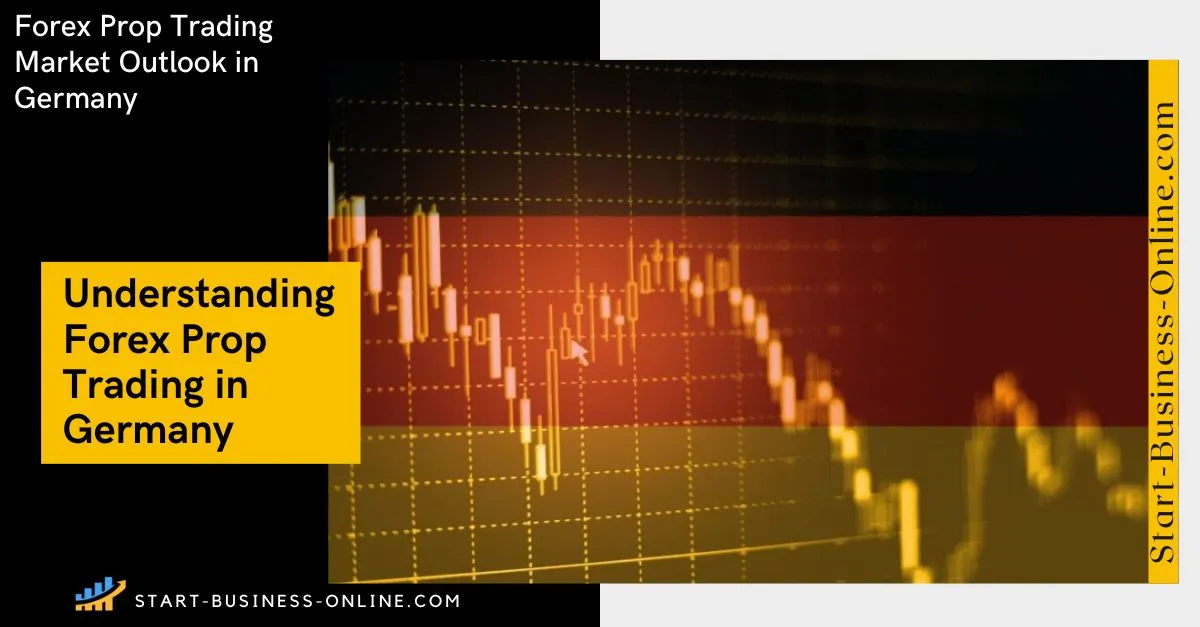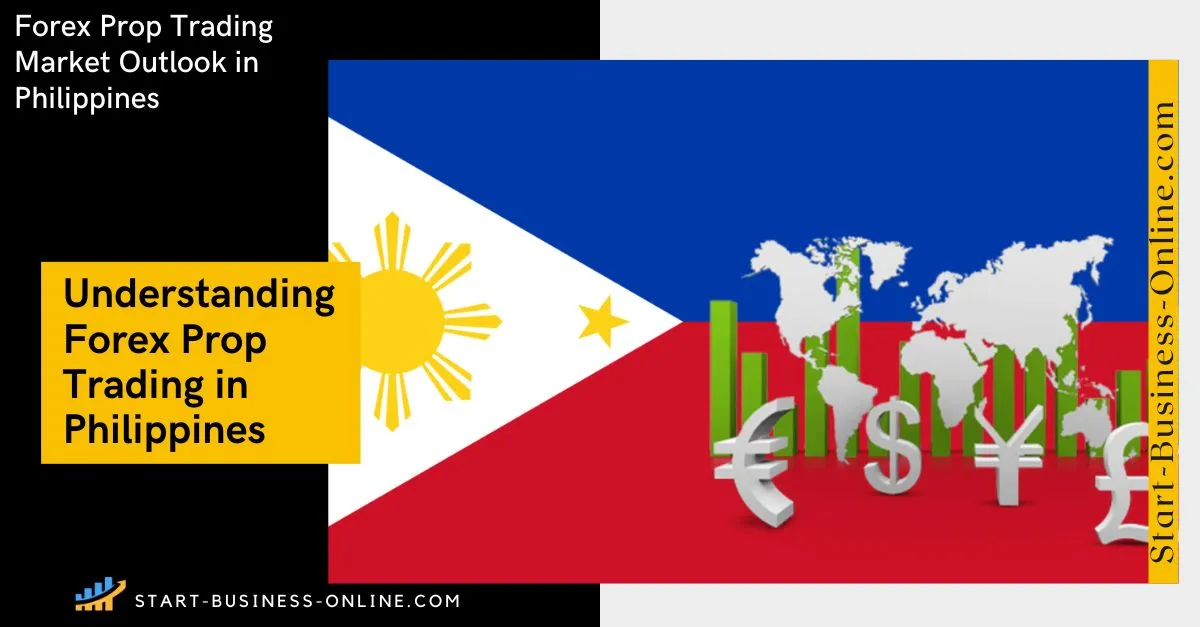Prop trading in France is gaining traction among disciplined retail and semi-professional traders who want access to scalable capital, institutional-style risk controls, and reliable payout processes—without immobilizing large personal balances. If you’re evaluating prop trading in France, this guide maps the model, what matters under the French regulatory lens (AMF/ACPR), how to compare programs, and a concrete game plan to pass evaluations while managing risk in EUR.
Page Contents
- 1. TL;DR — At a Glance (FR)
- 2. Prop Trading in France: How It Works
- 3. Why France Is Ramping Up
- 4. Regulatory Snapshot (FR): AMF, ACPR & Payout Rails
- 5. Costs & Expected Value (EV) in EUR
- 6. Table A — Common Evaluation Models (Directional, EUR)
- 7. Table B — Pass/Fail EV Sketch (Illustrative, EUR)
- 8. Drawdown Architectures — Read the Fine Print
- 9. Worked Sizing Example (EUR, Illustrative)
- 10. 30-Day Pass Plan (FR, Two-Step)
- 11. Starter Playbooks (FR Sessions)
- 12. 1) Gold Momentum Breakout
- 13. 2) DAX Intraday Mean-Reversion
- 14. 3) EUR FX Swing with News Filters
- 15. France Checklist & Payout Rails
- 16. Shortlist & Quick Picks (France-Friendly)
- 17. Pros & Cons
- 18. Tips to Pass (FR)
- 19. Stats & Insights (FR Context)
- 20. Conclusion (FR)
- 21. Prop Trading in France — FAQs
- 22. Related Reading
View more
TL;DR — At a Glance (FR)
- Model: Pass evaluation → access funded (often simulated) capital → trade within daily/max drawdown → share profits.
- Targets (directional): Many two-step tracks aim for ~6–10% with ~8–12% max DD; daily loss often ~4–5%.
- French lens (AMF/ACPR): Verify whether your program is simulation-only with contractual payouts or distributing CFDs/leveraged products to French retail—consumer protections and licensing claims matter.
- Budgeting in EUR: Evaluation + resets + platform/data + payout/FX/SEPA fees → compute EV per attempt.
- Execution: Size from the tightest rule (usually daily loss). Protect the worst day; avoid correlation stacking (e.g., DAX + EUR-sensitive pairs simultaneously).
Prop Trading in France: How It Works
Prop trading in France follows the global template. You pass an evaluation with explicit risk limits—daily loss, max DD, minimum trading days/consistency—and then manage a funded (often simulated) account on MT5, cTrader, TradeLocker, or DXtrade through partner brokers. Good operators keep rulebooks stable, state them in plain French/English, and run punctual payouts.
Why France Is Ramping Up
- Mature market culture: A strong retail trading community across Paris, Lyon, Marseille, Lille, and Toulouse.
- Discipline via rules: Evaluation constraints curb overtrading and enforce risk budgeting.
- Scaling paths: Splits commonly 70/30–90/10; consistent performance unlocks larger allocations.
Directional insight: Traders who engineer sizing to the daily cap (not just the headline max DD) typically pass with fewer trades and less stress.
Regulatory Snapshot (FR): AMF, ACPR & Payout Rails

- AMF (Autorité des marchés financiers): Supervises markets and investor protection. If a program issues or distributes CFDs/leveraged products to French retail, consumer-protection rules and licensing/disclosure standards can apply.
- ACPR (Banque de France): Supervises banking/payment institutions; payout flows and KYC/AML processes should be robust and name-matched.
- Program structure: Many prop challenges are simulation-only with contractual payouts; others are operationally linked to OTC derivatives via partner brokers. Confirm the model that applies to you as a French resident.
- Payout rails: Expect SEPA transfers; some processors support cards or e-wallets. Verify fees, thresholds, and timelines.
Bottom line: The prop model is permitted; questions arise if regulated products are marketed/distributed to French retail. Request public registry links for any licensing claims.
Costs & Expected Value (EV) in EUR
- Upfront: Evaluation fee (varies by account size/model).
- Variable: Resets, platform/data add-ons, payout/FX fees, SEPA charges.
- Hidden: Time cost, slippage around ECB/US data, cognitive load of trailing DD.
Table A — Common Evaluation Models (Directional, EUR)
Note: Ranges below are budgeting guides—verify live prices with each provider.
| Model | Profit Target | Max DD | Daily Loss | Min Days | Typical Fee Range (EUR) |
|---|---|---|---|---|---|
| 1-Step | ~8–10% | ~8–10% | ~4–5% | 0–5 | €150–€450 |
| 2-Step | ~6–10% / 4–8% | ~8–12% | ~4–5% | 5–10 | €120–€380 |
| Instant | Lower targets; stricter rules | ~6–10% | ~3–5% | 0–3 | €260–€780 |
Table B — Pass/Fail EV Sketch (Illustrative, EUR)
| Assumption | Value (EUR) |
|---|---|
| Evaluation Fee | €250 |
| Average Resets per Pass | 1 (€125) |
| Expected First Payout | €750 |
| Estimated Pass Probability | 25% (directional) |
| Expected Cost | €375 |
| Expected Benefit | 0.25 × €750 = €187.50 |
Decision lens: Increase pass probability with hard daily stops and fewer, higher-quality setups—before increasing size.
Drawdown Architectures — Read the Fine Print
- Equity vs Balance: Equity DD moves intraday with floating P/L; balance DD references closed equity only.
- Static vs Trailing: Trailing reduces headroom after new highs; static remains fixed.
- Intraday vs EOD: Intraday enforcement is stricter—budget for path, not just endpoints.
Worked Sizing Example (EUR, Illustrative)
Daily loss cap = €1,500. For XAUUSD, assume ≈ US$10/tick (~€9.2/tick, directional). With a 30-tick stop, risk ≈ €276 per lot.
Target ≤ 70% of daily cap → 0.70 × 1,500 = €1,050 risk/day Max lots if 1 trade = 1,050 / 276 ≈ 3.80 → use 3 lots If 2 trades/day = 525 per trade → 525 / 276 ≈ 1.90 → 1 lot per trade 30-Day Pass Plan (FR, Two-Step)
- Days 1–3: Platform/spread/slippage checks (CET/CEST). Minimum size; screenshot fills.
- Days 4–10: One playbook (gold momentum or DAX mean-reversion); 1–2 trades/day.
- Days 11–16: Maintain pace; no new strategies; scale only within A-setup.
- Days 17–22: Skip marginal days (ECB/US CPI); protect equity curve.
- Days 23–27: Close target with A+ setups; zero revenge trades.
- Days 28–30: Trade only if needed—and only A+ signals.
Starter Playbooks (FR Sessions)
1) Gold Momentum Breakout
- When: London–NY overlap (~19:00–23:00 Paris time).
- Execution: Break of session high; ATR stop; partials 1.0R/1.5R; 20-EMA swing trail.
2) DAX Intraday Mean-Reversion
- When: Frankfurt open to early NY (~09:00–15:30 CET/CEST).
- Execution: Fade 2–3× ATR extensions into VWAP; exit at VWAP/first structure.
3) EUR FX Swing with News Filters
- When: Asia→London transition; avoid ECB/PMI prints.
- Execution: Break-retest + RSI divergence; targets at prior swing/2.0R.
France Checklist & Payout Rails
- Structure: Simulation-only vs CFD distribution—ask for clarity and registry references.
- Drawdown logic: Equity/balance; static/trailing; intraday/EOD.
- Payouts: SEPA timings/fees; card/e-wallet support where applicable.
- All-in cost: Evaluation + resets + platform/data + payout + FX.
- Evidence: Payout proofs; dispute SLAs; stable T&Cs.
Shortlist & Quick Picks (France-Friendly)

Use this starting universe to explore options. Inclusion ≠ endorsement; verify fit for French residents before paying.
- FTMO — Two-step; strong education/history. Best for: process-driven traders.
- The5ers — Flexible timelines/scaling. Best for: consistency profiles.
- E8 / E8 Markets — Polished dashboards; 1–2 step options. Best for: UX lovers.
- DNA Funded / True Forex Funds — Competitive pricing; verify payout stability.
- Region-friendly picks: Programs that explicitly accept French applicants and detail SEPA payouts.
The Best Prop Trading Firms in 2025
Rating breakdown
Things we liked:
Exclusive Discount Code (20% Off Exclusive Offer)Unlimited time for completion
Real Funding and Daily Payouts
Things we didn't like:
High challenge difficultyRating breakdown
Things we liked:
Exclusive Discount Code (10% Off Exclusive Offer)Unlimited time for completion
Real Funding and Daily Payouts
Things we didn't like:
Futures onlyNo free retry
Rating breakdown
Things we liked:
Up to 100% Profit SplitUnlimited Number of Trading Days
Fast Payouts
Things we didn't like:
10% Max Loss Limit on Accounts$10 Withdrawal Processing Fee
No swap free accounts
Pros & Cons
- Pros: Scalable capital; high splits; disciplined frameworks; familiar platforms.
- Cons: Evaluation/reset costs; complex rules; payout/FX/SEPA frictions if not optimized.
Tips to Pass (FR)
- Engineer to the daily cap (worst day ≤ 60–70%).
- ATR-normalize risk; limit correlated themes (DAX + EUR exposure).
- Daily kill switch at −1R/−2R; stop for the session.
- Prefer A+ setups during London–NY overlap; avoid low-liquidity tails.
- Journal screenshots; reconcile fills to statements.
Stats & Insights (FR Context)
- Global retail-facing props expanded rapidly post-2020 (directional estimate: hundreds of thousands of users).
- Payout cycles: often biweekly or monthly; thresholds near US$100–$250 equivalent.
- Phase targets: ~6–10% with ~8–12% max DD; daily loss commonly ~4–5%.
Conclusion (FR)
Prop trading in France can be a disciplined, scalable path if you choose transparent operators, size to the strictest constraint, document process, and scale only after withdrawals.
Prop Trading in France — FAQs
Yes—if you run a durable edge, size by max daily loss, and stick to a ruleset you can obey 100% of the time. Choose clear terms, realistic targets, and trader-friendly splits.
What do France-based prop traders typically earn?
Can I make steady income with a French prop account?
Which prop firm is best for French traders?
Do SEPA or SEPA Instant work for prop payouts?
How many trades might it take to reach a 6% phase target?
Related Reading
How to Choose a Prop Firm • Beginner-Friendly Challenges • Cheapest Challenges








